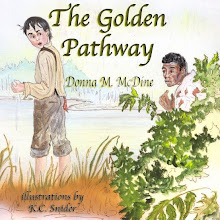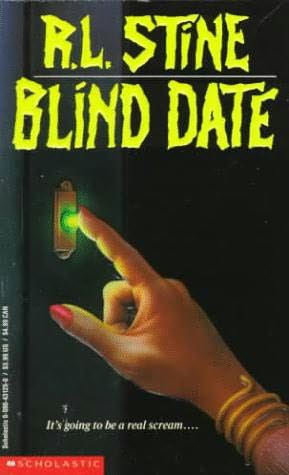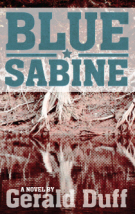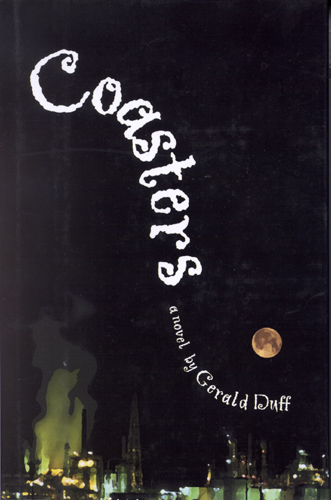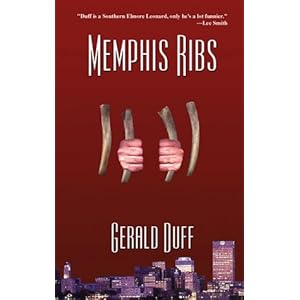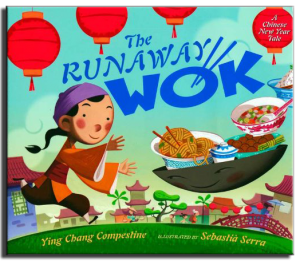Today, my friend and colleague, Donna McDine, does a guest post here on the necessity for an author's media kit. She has much experience in this area and owns her own firm, Author PR Services. Donna is also the author of the award winning children's book, The Golden Pathway. We are delighted to welcome her to the blog!
 Media Kit? Why would I need a media kit, I’m not even published yet? To be quite honest with you it’s never too soon to start. To begin now will make it much simpler to add to as you move forward in your writing career. The essential components in creating your media kit are:
Media Kit? Why would I need a media kit, I’m not even published yet? To be quite honest with you it’s never too soon to start. To begin now will make it much simpler to add to as you move forward in your writing career. The essential components in creating your media kit are:About the Author or Writer (Bio):This one pager consists of your current bio, education, current work-in-progress, and contact information (email, blog and website addresses). After you become published update your bio to reflect each success.
Appearances: Appearances may include volunteer reader at your local library and/or school visits and later on as you become published you will be known as the local children’s author, which then will open up doors to school visits.
Interviews (online and in-person):Before I became published - myself and fellow aspiring writers interviewed each other for our blogs to get our names out there. It’s fun and simple. Contact a fellow writer and exchange questions and there you have your first finished interview.
 Awards and Publishing Credits: This may be blank for now, but create the page with this heading and you can fill in your information as you go along. Your publishing credits include no-pay, low-pay, and paying markets both online and print.
Awards and Publishing Credits: This may be blank for now, but create the page with this heading and you can fill in your information as you go along. Your publishing credits include no-pay, low-pay, and paying markets both online and print.Media Releases: Even without publishing credits you can create a media release about upcoming interviews and book reviews on your blog and of course tying in with interviews make sure you write up a media release about your personal interviews. It’s important you send out your media release to your network and post on free media release sites such as www.prlog.com. For a detailed list of the services I utilize visit: http://www.authorprservices.com/p/services.html.
Book Reviews: Yes, even if you don’t have a book published yet do not forget this important part for when you do so you can place excerpts of book reviews for easy reference.
Some of your pages will be blank for now, but you will be surprised how quickly they will fill up. All of my pages started out blank and are now filling up. My book review page is still blank and I’m eagerly awaiting reviews to fill in below the title. The saying from the movie The Field of Dreams… “Build it and they will come” is true for your media kit too. The intention and creation of blank titled pages will bring it to fruition. Oh and yes, working at your writing craft is essential too.
Donna McDine is an award-winning children's author, Honorable Mention in the 77th and two Honorable Mentions in the 78th Annual Writer’s Digest Writing Competitions, Preditors & Editors Readers Poll 2010 Top Ten Children’s Books, Global eBook Awards Finalist Children’s Picture Book Fiction, and Literary Classics Silver Award & Seal of Approval Recipient Picture Book Early Reader ~ The Golden Pathway.
Her stories, articles, and book reviews have been published in over 100 print and online publications. Her interest in American History resulted in writing and publishing The Golden Pathway. Donna has three more books under contract with Guardian Angel Publishing, Hockey Agony, Powder Monkey, and A Sandy Grave. She writes, moms and is the Editor-in-Chief for Guardian Angel Kids, Publicist for the Working Writer’s Club, and owner of Author PR Services from her home in the historical hamlet Tappan, NY. McDine is a member of the SCBWI.












